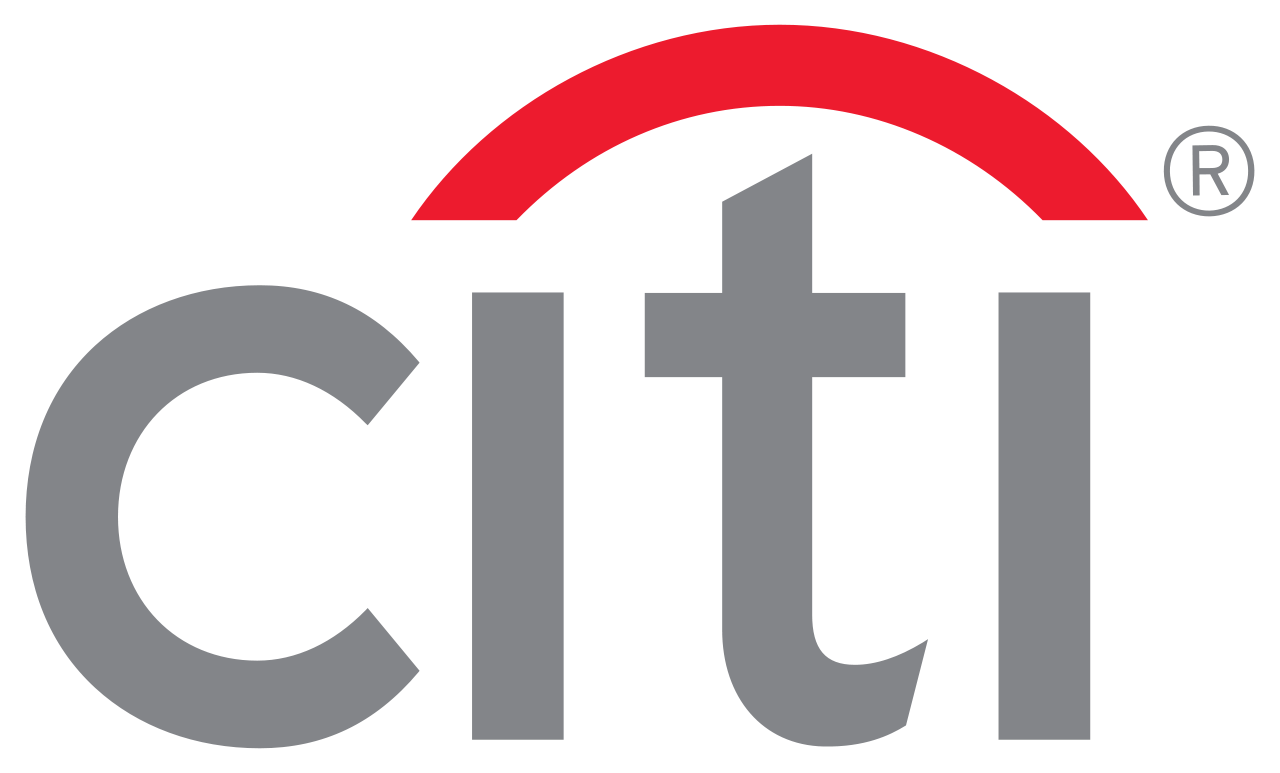IB Grant Thornton: Act on Value Added Tax
17.05.2011Company: Amcham
Amendment to the Act on Value Added Tax effective from 1 April 2011 – tax base and tax amount correction
The amendment to the Act on Value Added Tax effective from 1 April 2011 significantly changes the provisions related to the tax base and tax amount corrections. Now this issue is governed by Sections 42, 43, 45 and 74. The correction of tax claims against the debtors in insolvency proceedings are regulated by Section 44, however we will not discuss this topic in the article.
1. Tax base and tax amount corrections as provided in Section 42
A tax payer has the duty to correct the tax base or tax amount in following cases:
a) in case of cancelation or refund of entire or part of the taxable supply – for example a situation when client returns the goods due to defects
b) in case of decrease or increase of the tax base, based on the conditions agreed after the date of taxable supply – it means that if after the date of taxable supply conditions change, causing the subsequent change of the tax base, this is a reason for correction
c) in case of return of excise duty (Section 40, Paragraph 2)
d) if the goods were not delivered or property transferred according to Section 13, Paragraph 3, Letter d)
- in case of agreements with the duty of acquisition of the subject of lease, the provider is obliged to report tax from the total amount of the subject of lease already during its handover to a client; if the subject of lease is given back and the ownership right is not transferred, than the provider shall correct the tax base and tax amount
e) in case of return of the payment from which the taxpayer had the duty to pay tax at the date of its receipt and if the taxable supply did not actually occur – a taxpayer has the duty to report tax from the deposit (payment received in advance before the date of taxable supply); if there is no taxable supply, the correction will be done in accordance with Section 42
f) if the payment was used to cover another taxable supply
An important change is the obligation to correct the tax base and tax amount even in situation when the tax base is decreased. For example, previously in case of a rebate the tax payer had no obligation to decrease the tax base and tax (to issue a tax credit note); from 1 April this obligation is embodied in the Act. Based on the wording of this Act a wide range of experts assumed, that a taxpayer has the obligation to correct the tax base and tax even in the case of bonuses (due to exceeding off-take amount limit). General Financial Directorate, however, published a startling information on its web page, that in case of so called bonuses and discounts the current wording does not change, which means that they continue to be considered as financial
transactions of which the VAT is not governed by Sections 42 or 43.
Tax document
The Act amendment does not recognize
the concept of credit and debit notes.
If a taxpayer had the duty to issue an invoice
for the implementation of original taxable
transaction, he is obliged to issue the corrective
tax document according to Section 45
and within 15 days since the facts which lead
to correction occurred.
In a tax return of which taxation period
the correction shall be reported
The interpretations of General Financial
Directorate suggest these conclusions:
If the output tax is being reduced than the
correction shall be made in a taxation period
in which the customer received the corrective
tax document. However for a recipient this
means the decrease of deduction claimed
and according to Section 74 he is obliged to
make the correction for a taxation period
in which he found out about the facts crucial
for the obligation to make a correction.
Example:
Goods were delivered in April 2011. A supplier
gave 5% discount to the client on 5 June 2011
(after the date of taxable supply). The tax payer
issues the corrective tax document which is
delivered to the client on 2 July 2011. This
correction is reported by supplier in ordinary tax
return for July. The client, however, shall make
this correction in June (as this is the taxation
period during which the facts that lead to the
decrease of tax deduction claim occurred).
If the output tax is being increased the
correction is considered as a taxable supply
which took place no later than on the last day
of taxation period in which the taxpayer
increases the output tax by correcting
the tax base and tax amount. The recipient
can make a correction on the basis of received
corrective document in the taxation period
in which the correction of tax base and tax
occurred, but no later than 3 years from
the end of taxation period which the correction
relates to.
Example:
Goods were delivered in April 2011.
The price changed - was increased by 10 %
- on 5 May 2011 (after the date of taxable
supply). The payer issues the corrective tax
document and this will be reflected in the tax
return for May. If the recipient receives this
corrective tax document in May, he can report
this increased tax deduction in May, if he
receives it in June, that he is allowed to do so
in June.
If the payer did not issue an invoice for the
original taxable supply as he was not required
to do so, he does not issue a corrective tax
document and records this correction in tax
records only.
2. Correction of tax amount
according to Section 43
This is a situation where the tax payer paid
wrong tax:
Tax increased by mistake
- correction possible
Tax decreased by mistake
- correction obligatory
a) Tax payer incorrectly increased his output tax duty
It is e.g. a situation where the tax payer applied
incorrectly the standard tax rate instead of the
reduced one or if he applied tax in case of tax
exempt transaction. The correction is always
made in an additional tax return for a period
in which the original taxable transaction
occurred. Tax payer issues the corrective tax
document and only at the moment of its delivery
to the recipient he can submit the additional tax
return with decreased tax liability. Once again,
if the payer did not issue an invoice as he was
not required to do so, he makes the correction
only in the tax evidence.
Still, there might be a situation in which
the taxpayer does not issue a corrective tax
document (it is only a possibility, not a duty).
The recipient, however, is entitled to claim tax
deduction only in the correct amount of tax
(rate).
Example:
Supplier issued an invoice for construction work
with standard tax rate. In June he finds out that
he should have applied the reduced tax rate and
issues the corrective tax document which is then
delivered to the recipient in July. The supplier
submits an additional tax return for April in July
and decreases the output tax. Correctly, the
customer should have applied the reduced tax
rate when submitting the tax return for April.
If he did not do this, he has to submit an
additional tax return for April (by the end of
the month following the month in which the
mistake was discovered – according to Section
141 of the Tax Code).
b) Tax payer incorrectly decreased output tax duty
The VAT Act does not specify the situation of
taxpayer paying the lower tax. You shall proceed
in accordance with Section 141 of the Tax Code
– the payer is required to submit an additional
tax return by the end of the month following
the month in which the mistake was discovered
and to pay the tax at the same time.
Although the Act does not regulate the issue
of corrective tax document, we believe, that the
tax payer may issue the corrective tax document
on the basis of which the recipient could claim
the tax amount difference.
Example:
In June the tax payer finds out, that he
incorrectly applied reduced tax rate instead
of the basic one on April invoice. The payer
has the duty to submit an additional tax return
for April by the end of July. We believe that
supplier may issue corrective tax document
on the basis of which the recipient could claim
the tax amount difference in ordinary tax return
for the accounting period in which he receives
the corrective tax document.
The requirements of corrective tax document
are regulated by Section 46.
Ing. Monika Chvalová
IB Grant Thornton
Na Bojišti 18
CZ-120 00 Praha 2
T +420 296 152 111
F +420 296 181 483
E m.chvalova@ib-gtpraha.cz







